
|
|
|
|
|
|
|
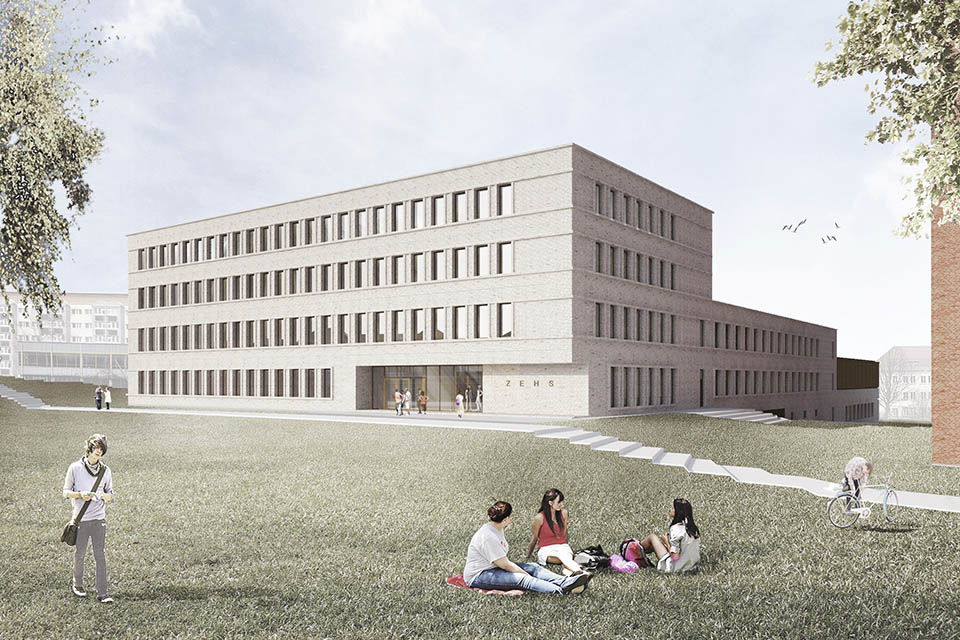
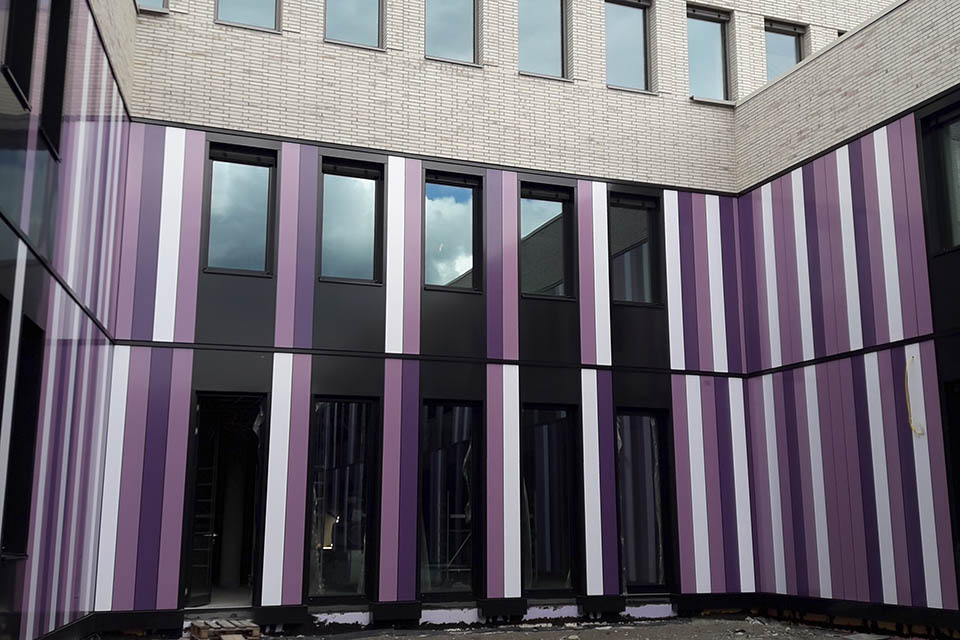
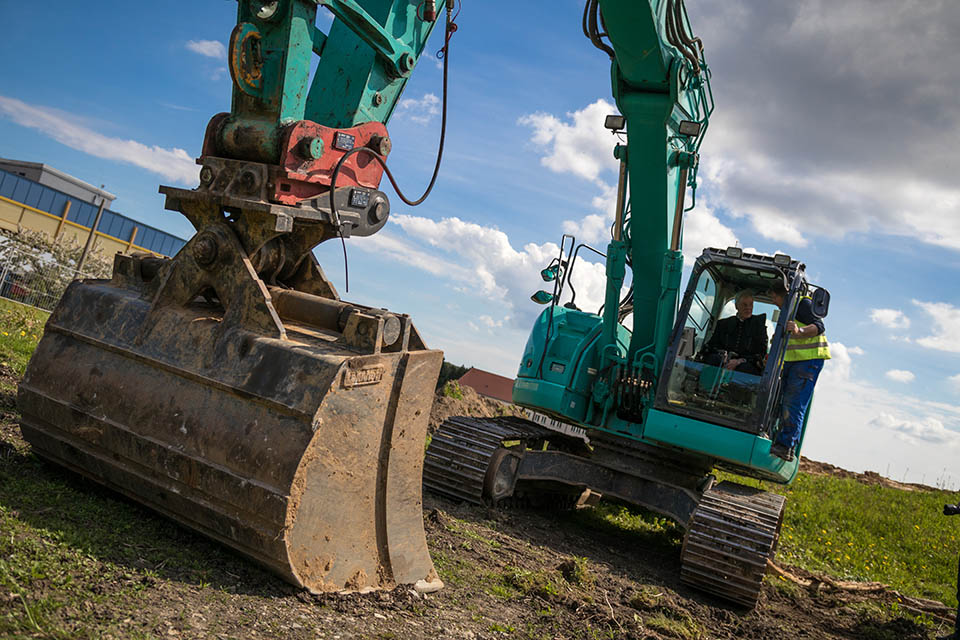
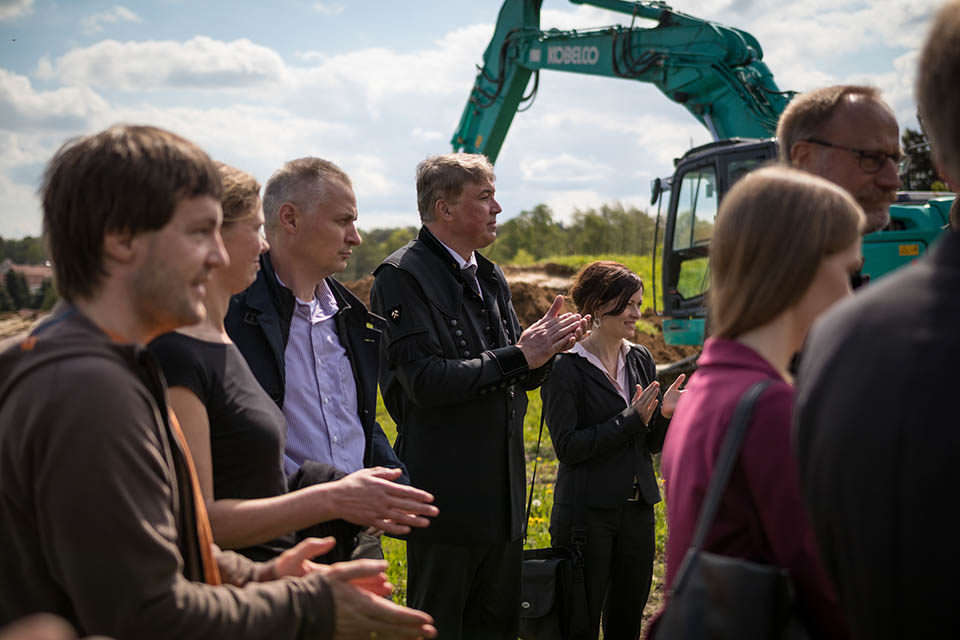
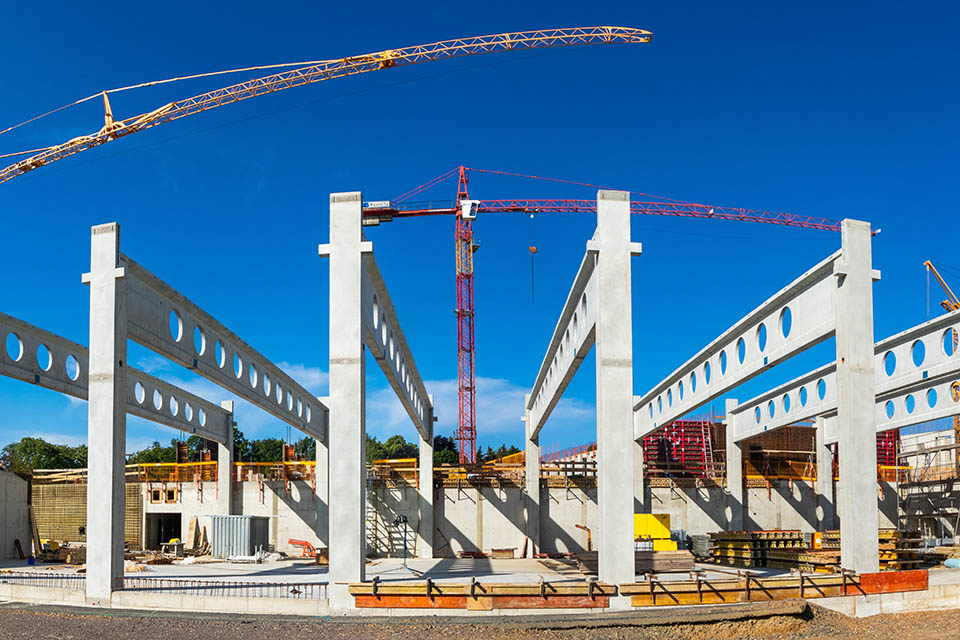
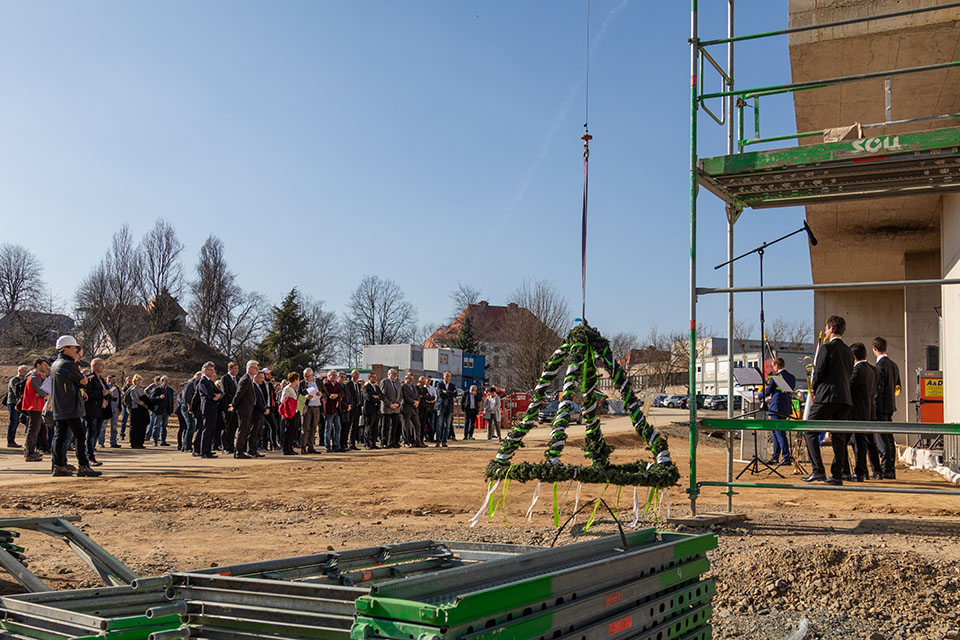
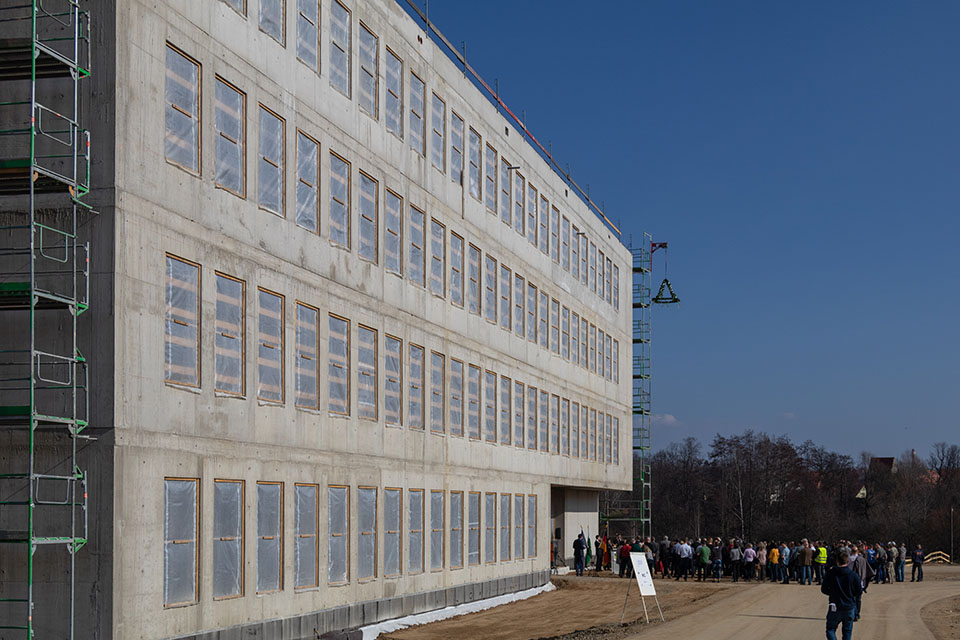
Work at the ZeHS is focused on developing resource and energy efficient technologies for the base material industry. The goal is to analyze and evaluate requirements concerning process and materials in the chemical, ceramics, glass, and construction material industries. One of the unique features of working at the Technische Universität Bergakademie Freiberg is the operation within an overarching research environment – from theory via laboratory experiments and pilot facilities through to large-scale tests.
Over the period of 2012 to 2015, Freiberg University participated in an appropriation competition for university-based research buildings with an application for a “Center for efficient high-temperature substance conversion” (ZeHS). After successfully defending the plan to the Council of Science and Humanities and being confirmed at the joint science conference of the States and Federation, the University has 41.5M € available for construction and the acquisition of select large equipment.
With the establishment of the ZeHS, Freiberg University pursues its University Development Plan 2020, which entails to further connect research and teaching along the whole value chain. This aims for an unbroken conjunction – from theory via laboratory experiments and pilot facilities through to large-scale tests, designed for industrial application. The research building allows for the structural focusing of specialized skillsets at Freiberg University. High-temperature substance conversion entails all processes that take place at temperatures of 500°C or above. The focus of the ZeHS is the development of innovative, resource and energy efficient technologies for the base material industry, consistently considering process and material criteria of the chemical, metallurgy, ceramics, glass, and construction material industries, and extrapolating those results for different sectors. Of particular importance for this is the more flexible use of renewable resources, the creation of closed material and energy loops, and the alignment of industrial processes with the fluctuating surplus of energy – mainly wind and solar energy – in context with energy storage. The ZeHS is supposed to support the currently established, resource- and energy-intensive material industry in Germany; in the long run, new branches will be facilitated.
The top research priorities of the ZeHS are represented by the two complementary centers of competence: “High-temperature processes – From mechanisms to applications” and “High-temperature materials – From materials to components”. These CoCs are to work on the ZeHS’ scientific principles as a whole. Together with three coordination offices they embody the functional structure of the ZeHS. The coordination offices, “Materials and properties”, “Material, component, and process simulation” and “Technology management and systems evaluation”, manage both the methodical responsibilities and the equipment infrastructure of the research building, especially for the planned central laboratories for physical and chemical analytics.
A principle of the ZeHS is the collective utilization of the infrastructure and instruments by all involved parties. The research building provides the required laboratory and research infrastructure through its segmentation in central laboratories and pilot plants.
![]()
The central laboratory for chemical analytics provides the respective procedures required for the ZeHS’ research goals. This includes, beyond analytics, chemical synthesis processes.
![]()
The central laboratory for physical analytics provides the respective procedures required for the ZeHS’ research goals. This includes, beyond analytics, physical synthesis processes.
Furthermore, the construction of two halls is planned, which will be used as a shared infrastructure with the process and material pilot plants.
![]()
The process pilot plant is divided into a synthesis and a furnace pilot plant, and a corrosion and a nitration laboratory with differing equipment and test stations.
![]()
The material pilot plant is intended to feature the heart of a powder metallurgic production line for high temperature materials, respectively for refractory composite materials.




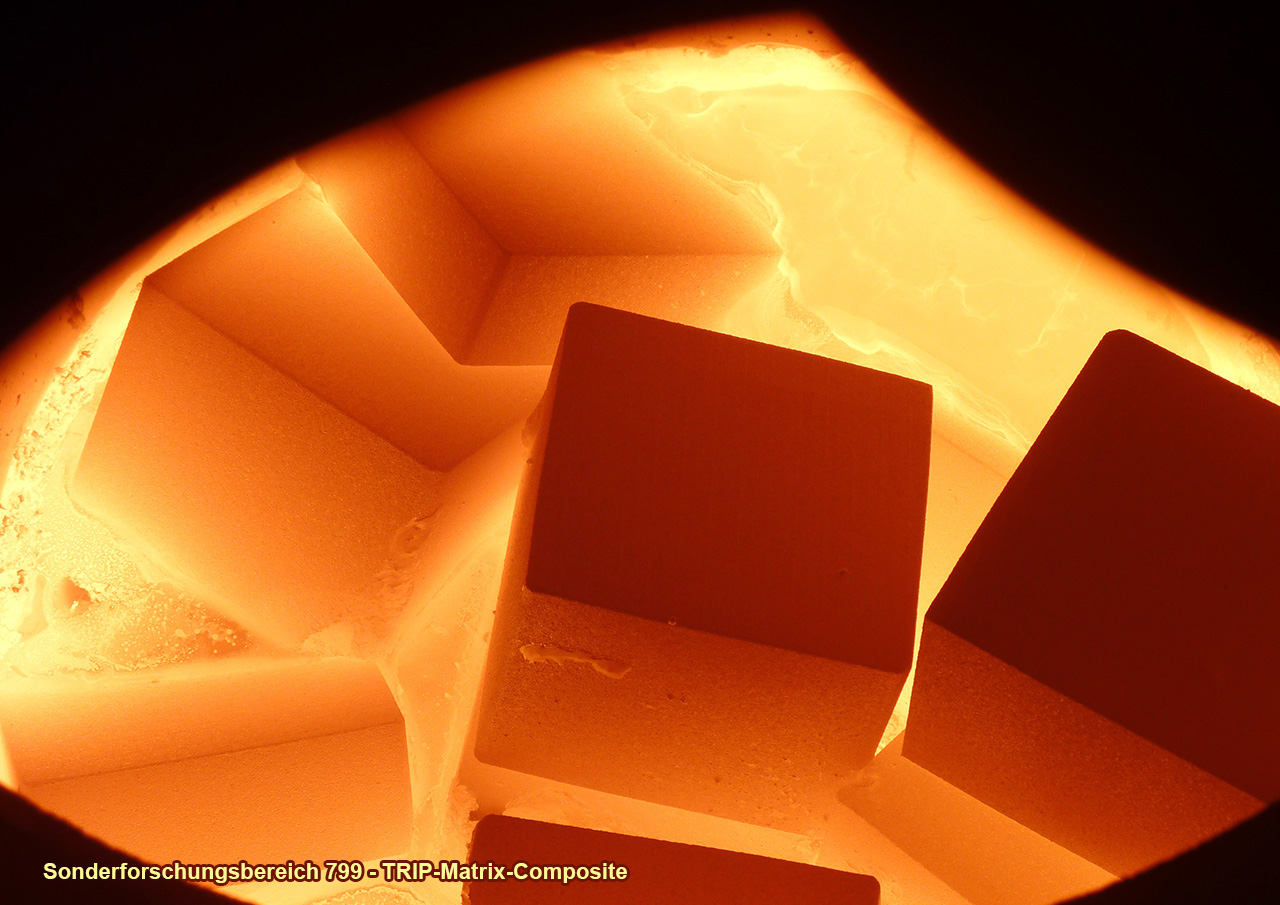
The CoC “High-temperature processes – From mechanisms to applications” combines the ZeHS research goals for efficient high-temperature processes, chemical high-temperature process reactors, and high-temperature plants in general, which are essential to the production of most industrial base materials (e.g. metals, ceramics, glass, and base chemicals). Generally speaking, high-temperature process technology is to be advanced to a point where its resource and energy efficiency can be increased while simultaneously enhancing energy density, flexibilization, and electrification. In the medium and long run, the existing expertise about chemical reactors and thermal process technology furnaces is to be bundled, so a comprehensive knowledge base about materials, processes and modeling for a new generation of high-temperature processes can be assembled from all involved fields.
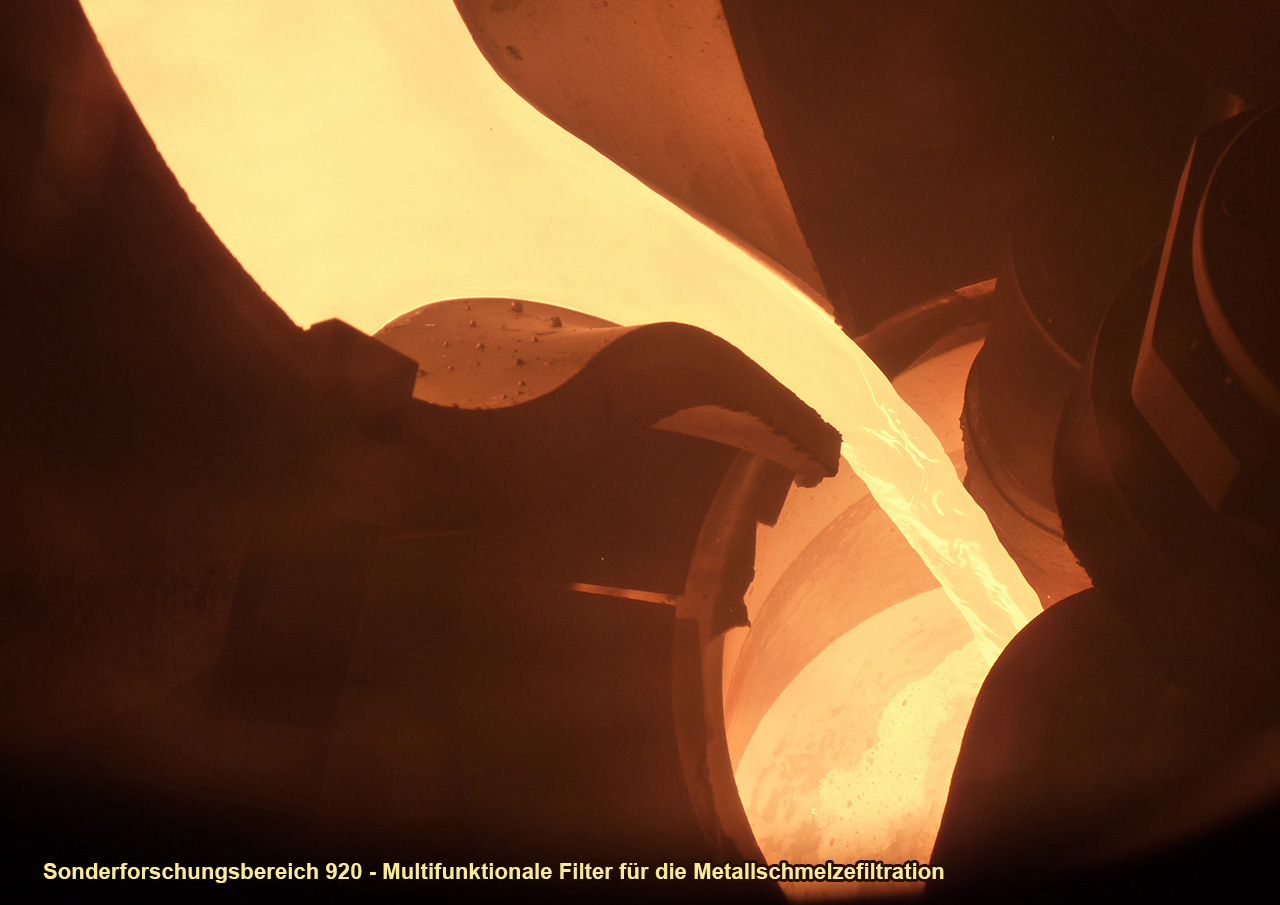
The CoC “High-temperature materials – From materials to components” combines the ZeHS research efforts for synthetic, refractory materials. Those constitute the structural foundation for the process environment of all significant high-temperature processes. The CoCs research goal universally orients itself by the broad range of requirements for high-temperature material qualities, so their breaking points and fields of applications can be pushed even further, especially in context with the flexibilization and electrification of high-temperature processes. Next to their high smelting temperature, the category of high-temperature materials is characterized by the requirement of mechanical strength across the complete relevant temperature range, also regarding dynamic behavior. All sections, from resource availability via technological questions, like joining technology, to recycling, are supposed to be portrayed cohesively.
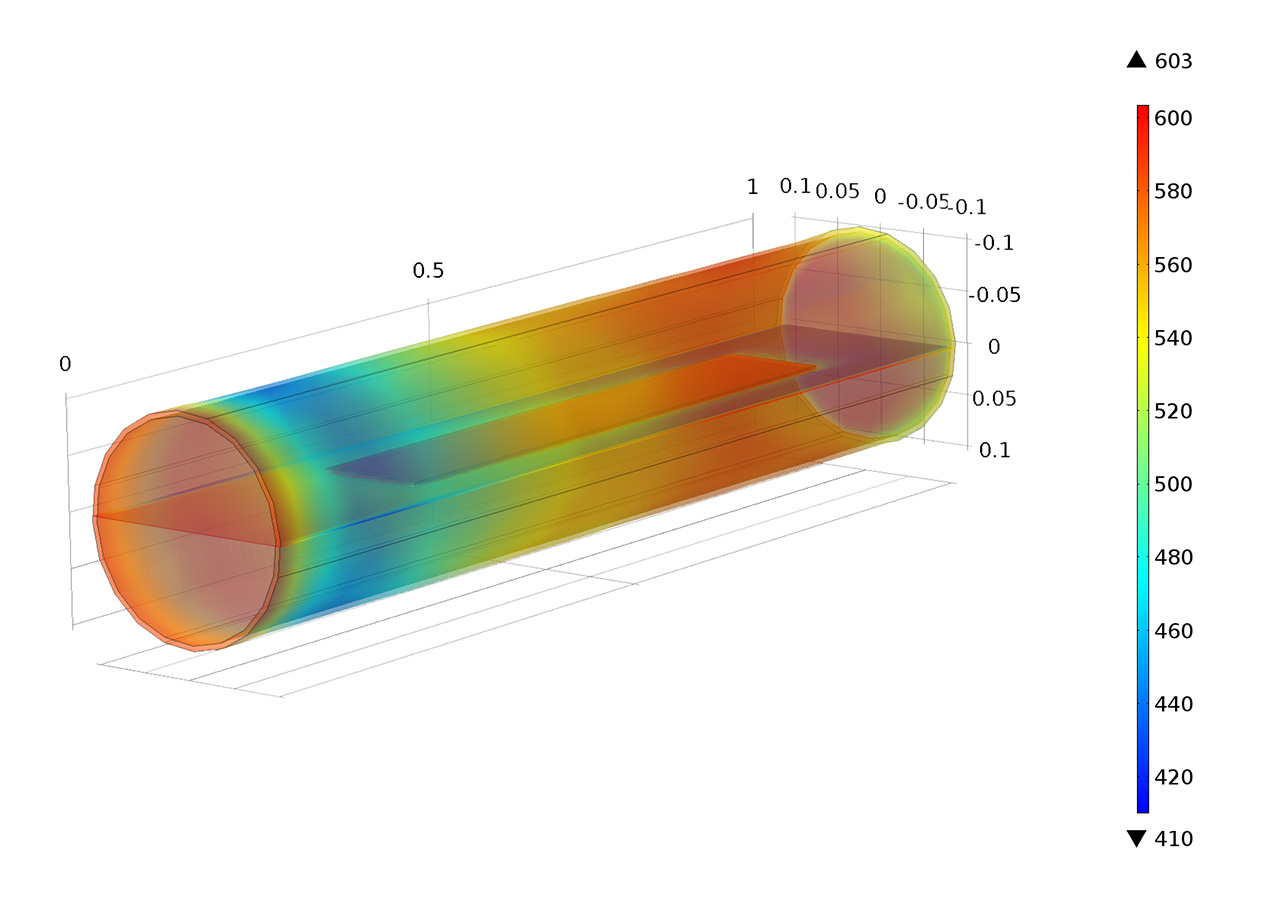
The modeling of the mechanic, thermodynamic and functional material behavior on the atomic, mesoscopic and macroscopic scale, as well as interfaces to process simulation, which grants necessary framework conditions, are comprehensively bundled here. Firstly, this provides the prerequisites to the development of high-temperature materials with application specific requirements, and secondly, it ensures the close interconnection to process description and optimization. The thermodynamic stress under working conditions is projected, calculated and evaluated through numeric simulations. These simulation approaches range from ab initio methods, molecular dynamics and dislocation dynamics over the finite element method and boundary element method to the breakdown of coupled mechanic, thermic and electric boundary value problems.
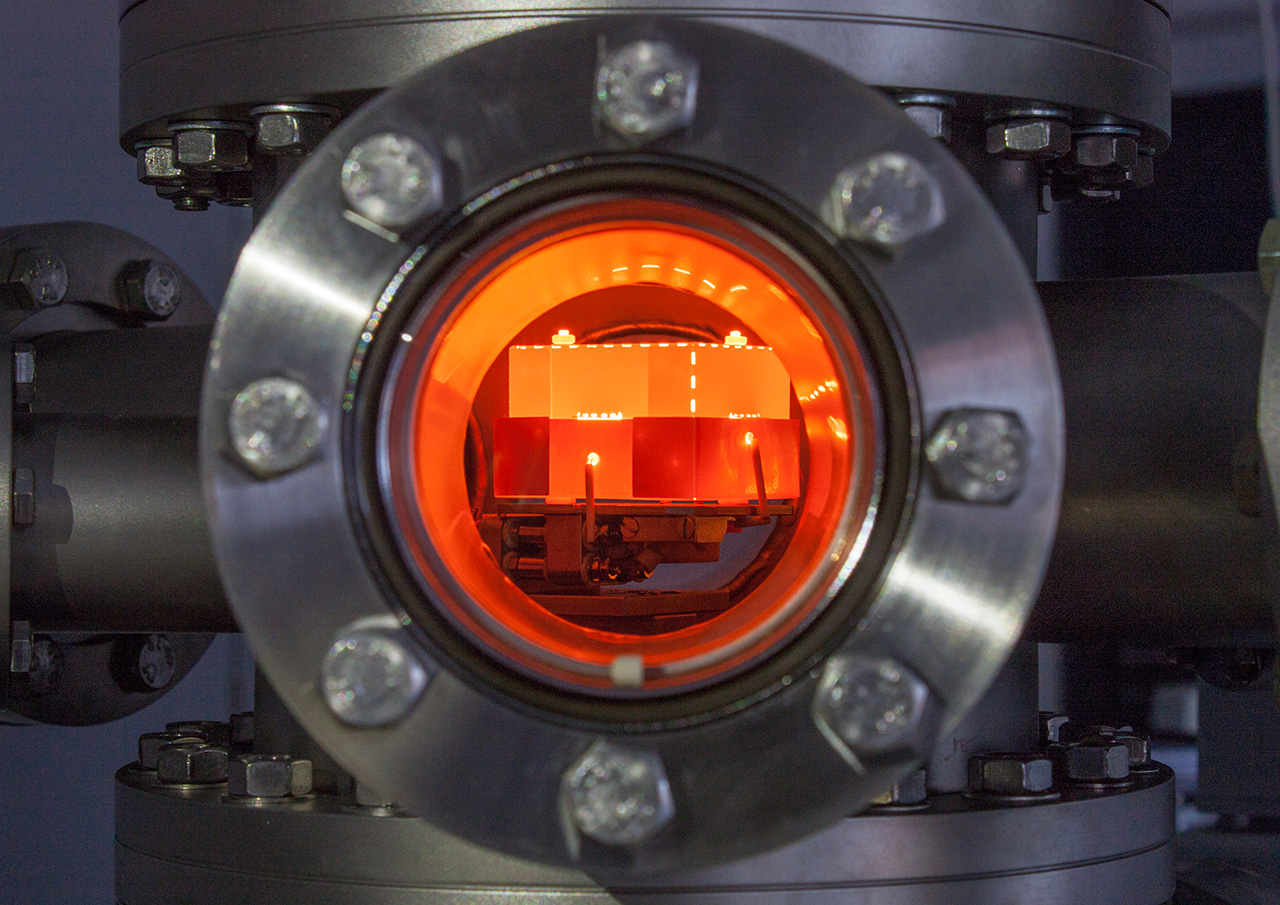
On an atomic scale, materials are predominantly examined through imaging and spectroscopic laboratory methods and synchrotron procedures. On a mesoscale, those methods allow for an analysis of the material structure in a thermodynamic equilibrium as well as an investigation into the thermodynamics during phase formations and phase transitions, and into reaction and diffusion kinetics. For the assessment of phase, texture and structural geometry, a wide selection of diffractometric procedures is available. This also includes the thermodynamic and kinetic analytics. On the macroscale, subminiature sample testing methods are on hand, in addition to classical mechanical material and component testing practices. Many of these methods mentioned above can be applied in situ at Freiberg University on a laboratory scale, even for high temperature and pressure parameters.

At the ZeHS, technology management encompasses planning, executing and controlling the development of resource and energy efficient high-temperature processes for the establishment of competitive advantages in the base material industry. Focus lies on the technical and economical synergies along the innovation chain from the physical and chemical sciences via process engineering, material science and technology through to plant construction. For high-temperature processes and materials, primarily for refractory composite materials, which are still to enter the market, technology impact evaluation is necessary, prioritizing opportunities and risks of the technology for the environment. Furthermore, interactions with process and material requirements of ZeHS projects are to be evaluated in context of a system analysis. In contrast, for high-temperature processes, technologies and high-temperature materials close to the market the emphasis lies on capex management.

| Scientific Spokesperson | |
|---|---|
 |
Prof. Dr. Dirk C. Meyer |
| Managing Director | |
 |
Prof. Dr. Edwin Kroke |
| Director | |
 |
Prof. Dr.-Ing. Martin Gräbner |
| Referent | |
|---|---|
 |
Ass. iur. Theresa Lemser |
| Building Manager | |
 |
Dr. Barbara Abendroth |